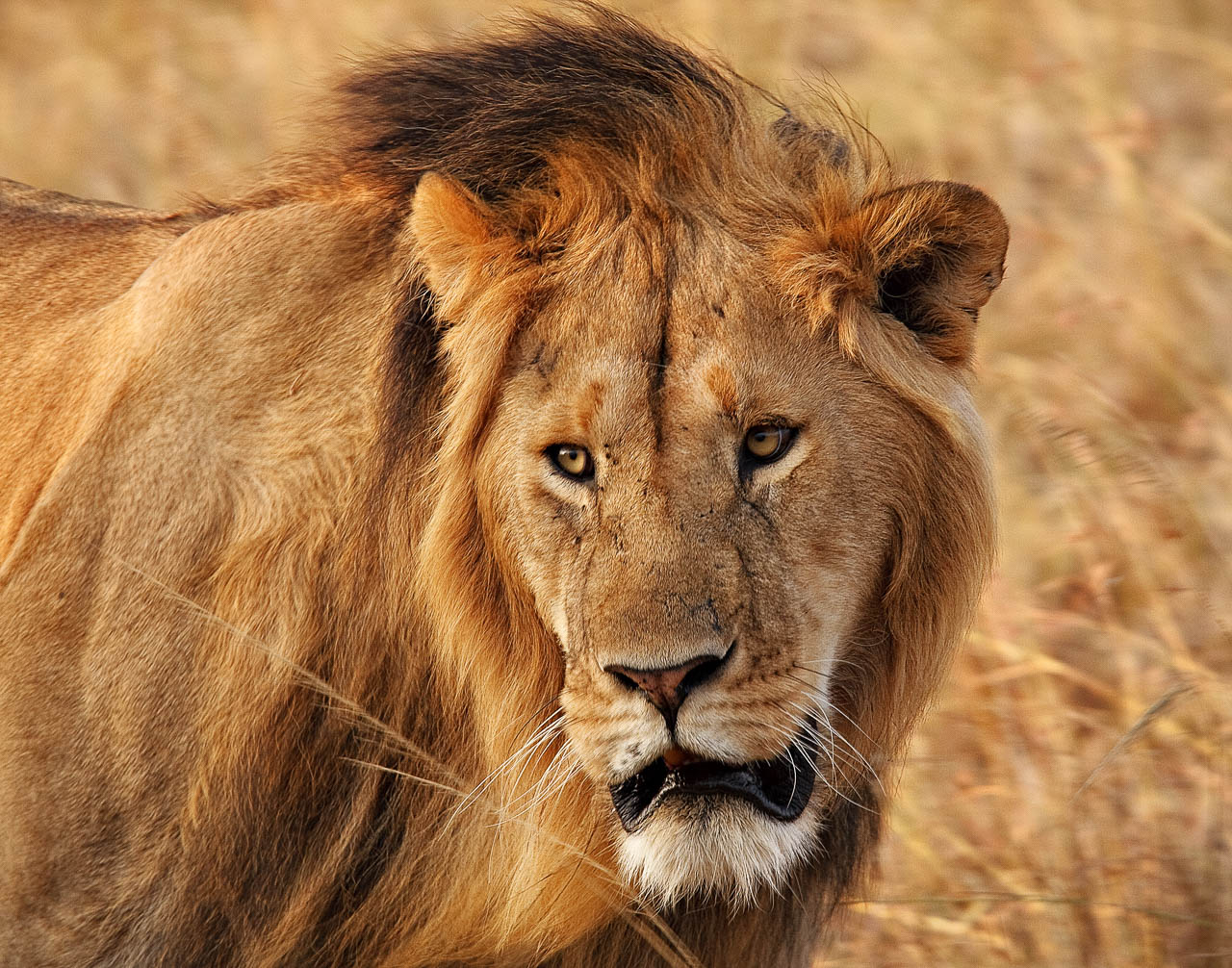
Introduction to Lion Photography
Lion photography is a captivating and challenging genre that allows photographers to capture the majestic beauty and raw power of these incredible creatures. With their regal mane, fierce eyes, and muscular physique, lions make for stunning subjects in photographs. Whether you are an amateur or professional photographer, capturing images of lions can be a thrilling experience that results in truly remarkable shots.
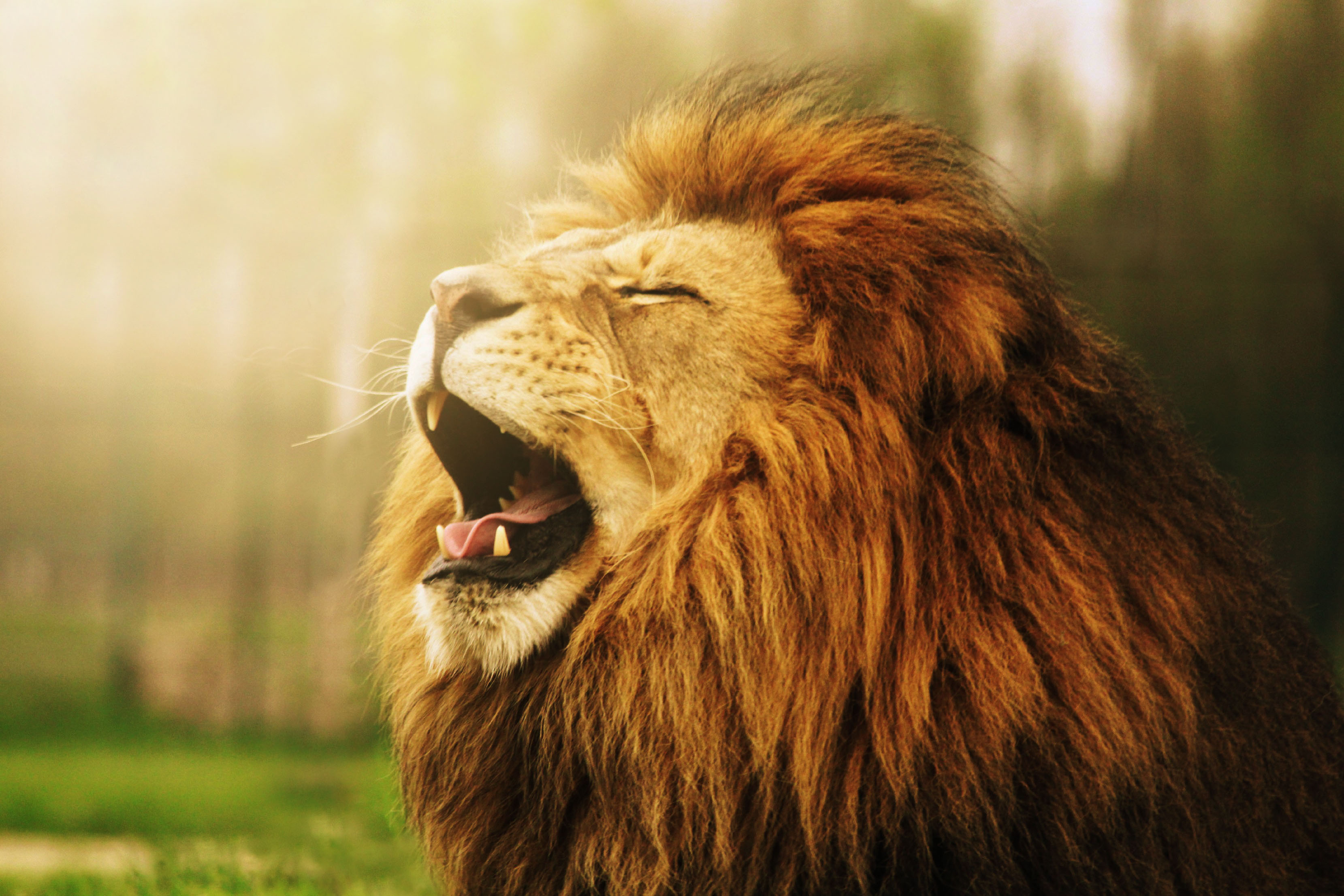
Choosing the Right Equipment
When it comes to lion photography, having the right equipment is crucial to ensure you can capture the finest details and create stunning compositions. A high-quality DSLR camera with a fast burst mode and a telephoto lens is highly recommended. The telephoto lens will allow you to capture close-up shots from a safe distance while maintaining image clarity and sharpness.
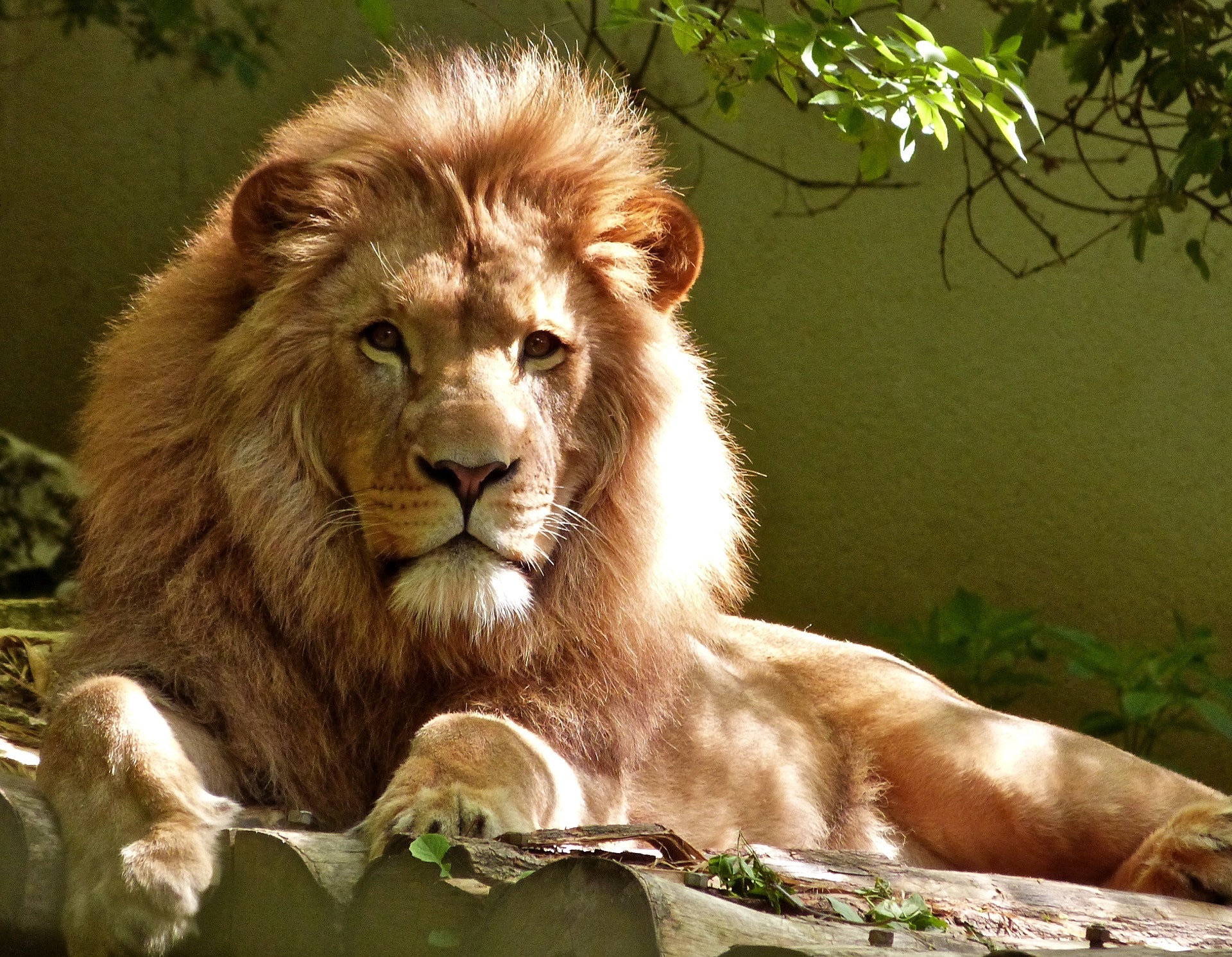
Researching Lion Behavior and Habitats
Before embarking on a lion photography expedition, it is essential to research their behavior and habitats. Understanding how lions interact with their environment and other members of their pride can help you anticipate their movements and capture unique moments. This knowledge will enable you to position yourself in the right place at the right time, increasing your chances of capturing exceptional images.

Planning the Perfect Shot
Planning is key to capturing outstanding lion photographs. Scout the location in advance to identify potential vantage points and study the lighting conditions during different times of the day. Sunrise and sunset are particularly magical moments for lion photography, as the golden light enhances their beauty and creates a captivating atmosphere. Patience is also essential, as it may take some time to capture the perfect shot.
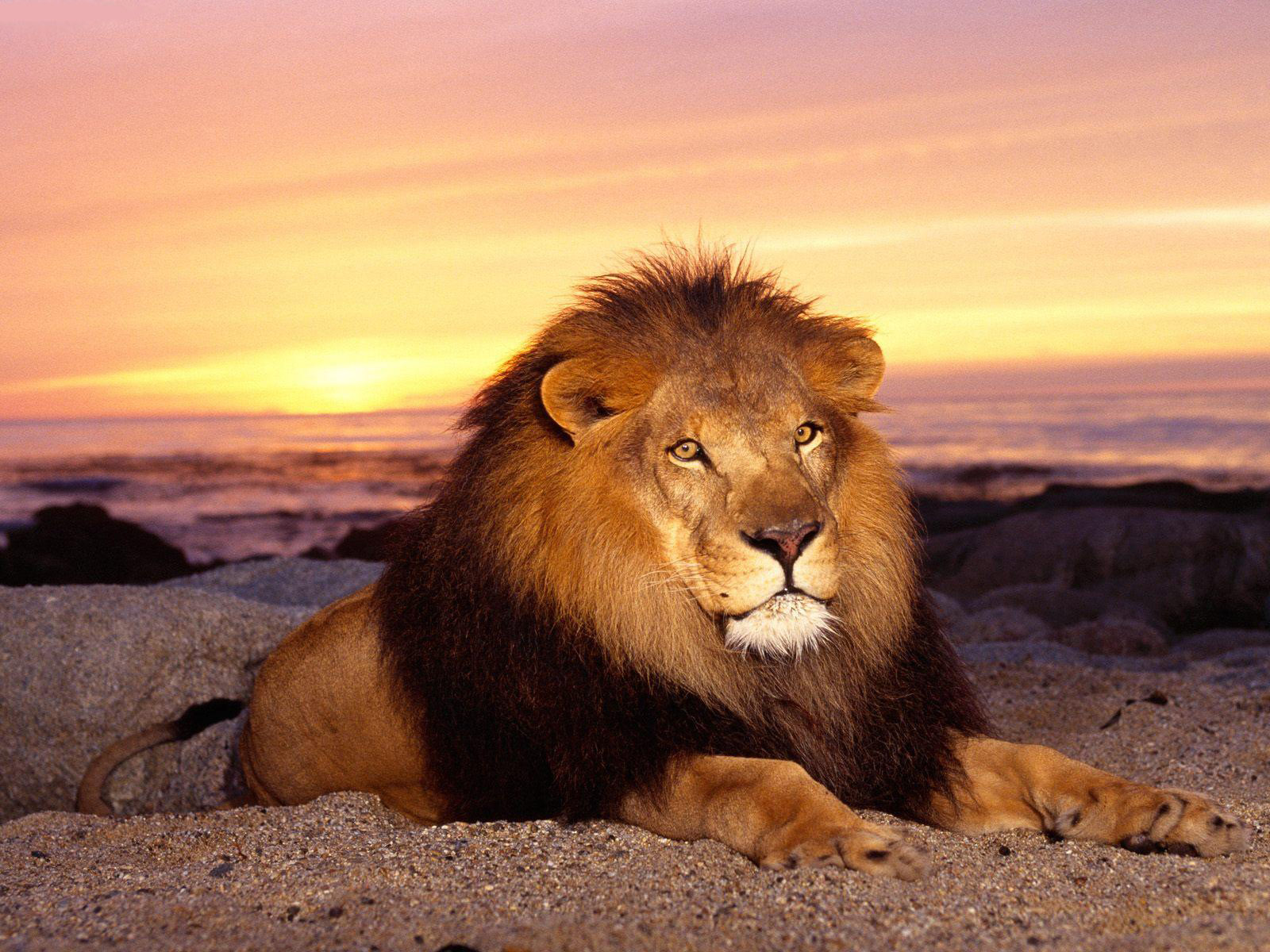
Understanding Composition and Framing
Composition plays a vital role in lion photography. Use the rule of thirds to create a visually pleasing image by placing the lion off-center. This technique adds depth and interest to the photograph. Experiment with different angles and perspectives to capture unique and compelling shots. Additionally, pay attention to the background and ensure it complements the lion's presence rather than distracting from it.
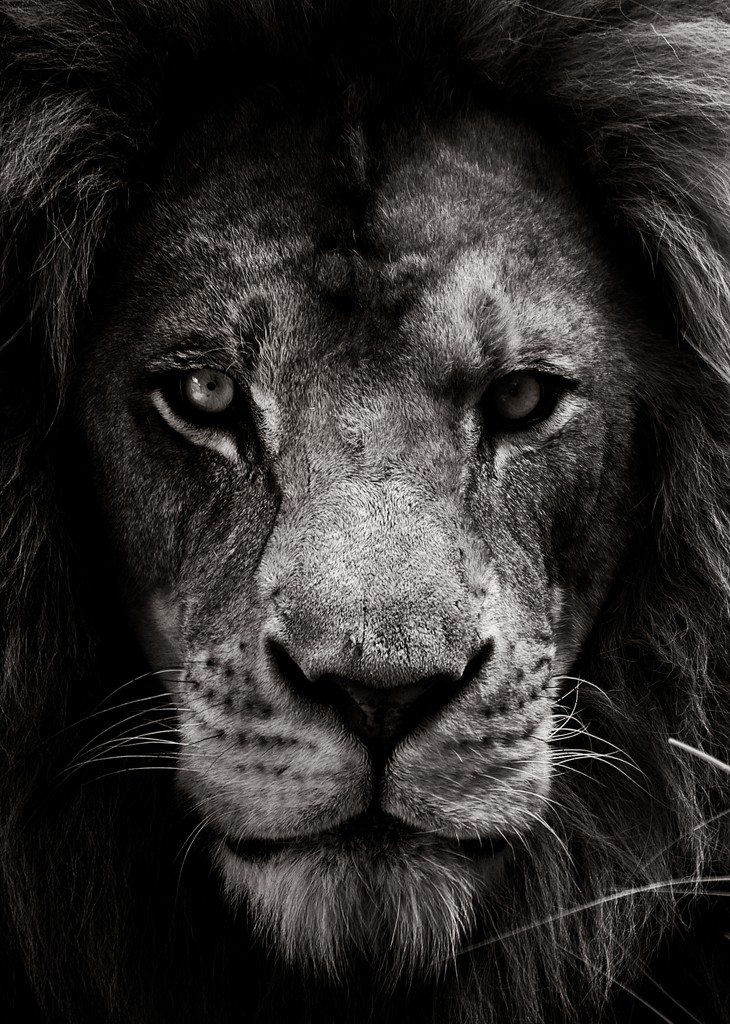
Mastering Natural Lighting
Lighting is a crucial element in any form of photography, and lion photography is no exception. Natural lighting, such as the soft glow of early morning or late afternoon, can add a magical touch to your images. Avoid harsh midday light, as it can create unflattering shadows and wash out the details. Experiment with backlighting to create a dramatic effect and highlight the lion's features.

Freezing Motion and Capturing Action
Lions are often in motion, making it challenging to capture sharp and detailed images. To freeze their motion and capture action, use a fast shutter speed. This will help you capture the lion's movements with precision, whether it's running, pouncing, or roaring. Continuous shooting mode is also useful in ensuring you don't miss any crucial moments.
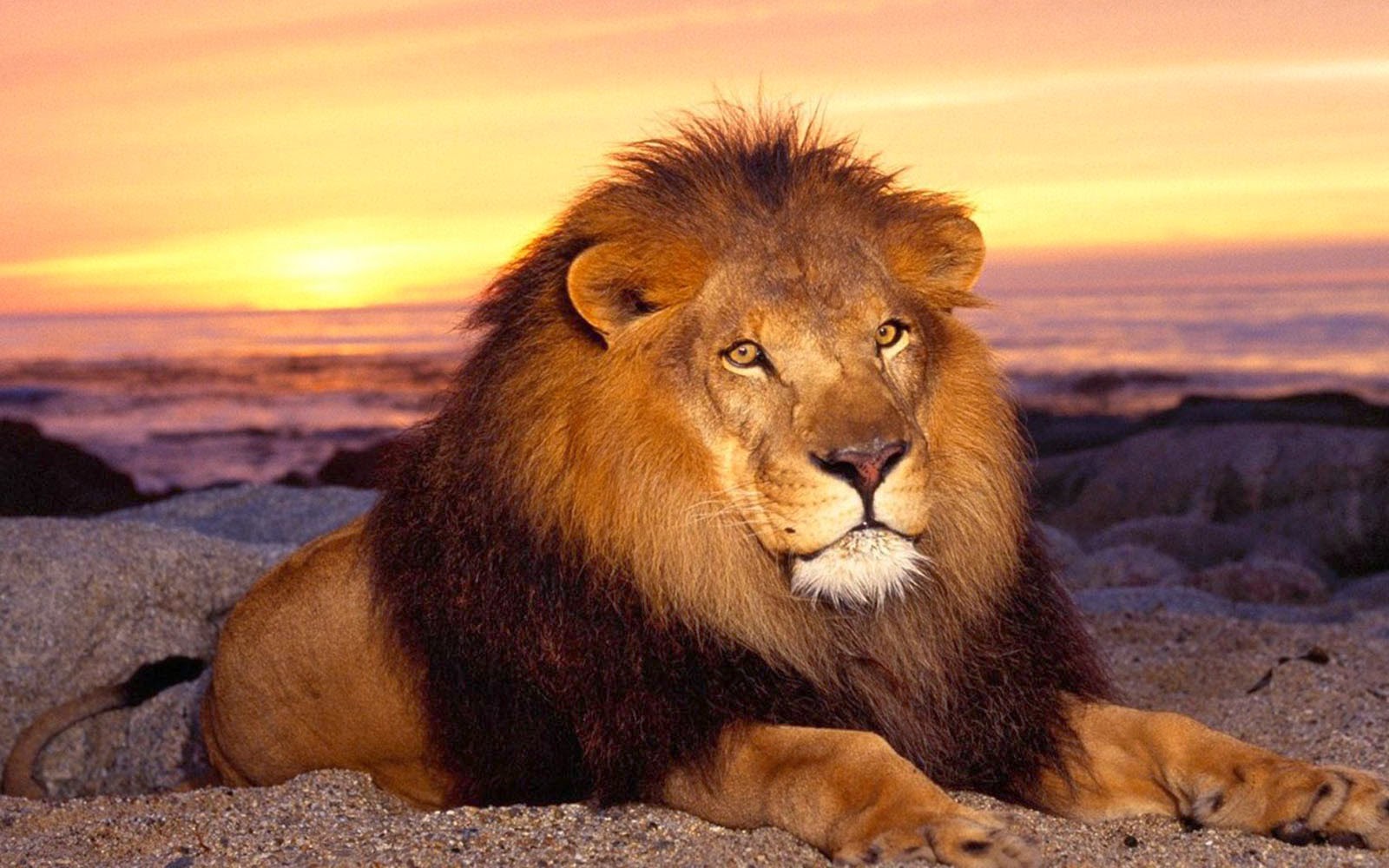.jpg)
Creating Emotional Connection
To create a strong emotional connection with viewers through your lion photography, focus on capturing the lion's expressions and unique characteristics. Their eyes, in particular, can convey a wide range of emotions, from intensity and power to vulnerability and tenderness. Zoom in on their face and try to capture their gaze to create a compelling and emotive photograph.
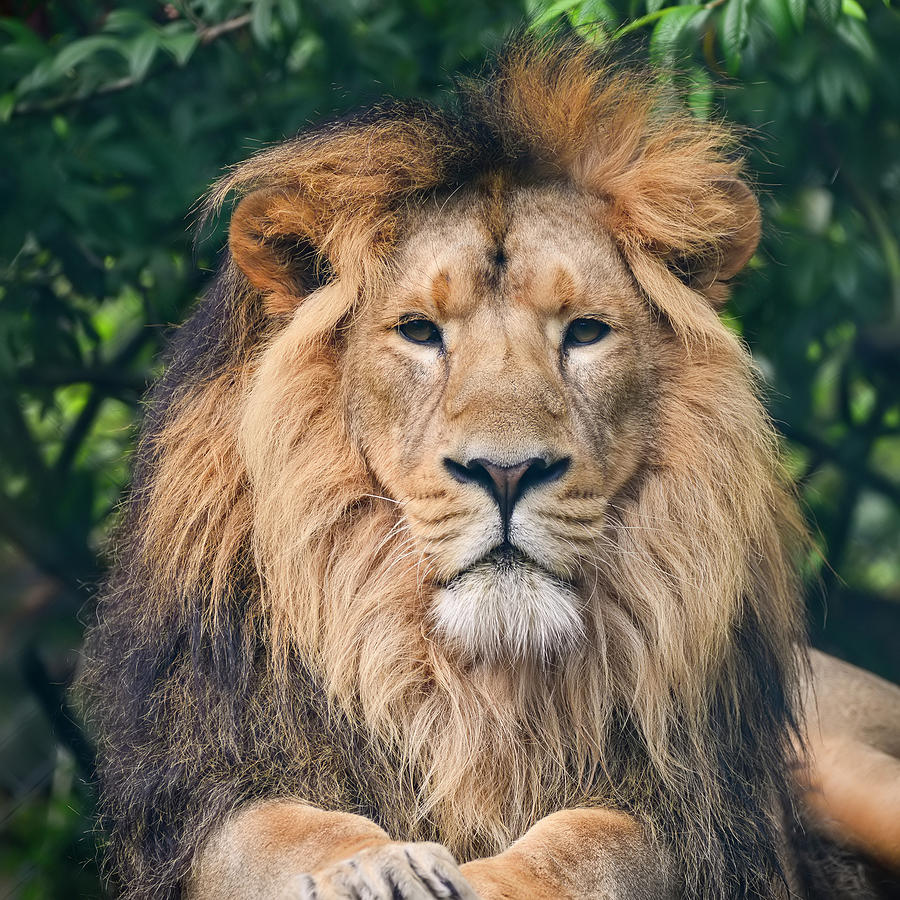
Respecting Wildlife and Safety
When photographing lions, it is crucial to prioritize the safety and well-being of both yourself and the animals. Always maintain a safe distance and never approach or disturb them. Respect their natural habitat and avoid causing any disruption. Remember that you are a guest in their world, and capturing incredible photographs should never come at the expense of their comfort or safety.

Post-processing and Editing
Post-processing and editing are essential steps in lion photography to enhance the final images. Use professional editing software to adjust exposure, contrast, and saturation to bring out the best in your photographs. However, it is crucial to maintain a balance and not overdo the editing, as it can result in unrealistic and unnatural-looking images.

Sharing and Showcasing Your Work
Once you have captured outstanding lion photographs, it's time to share and showcase your work. Create an online portfolio or website to exhibit your best images and share them on social media platforms. Engage with fellow photographers, wildlife enthusiasts, and potential clients to gain exposure and feedback. Participating in photography contests and exhibitions can also help you gain recognition for your talent.
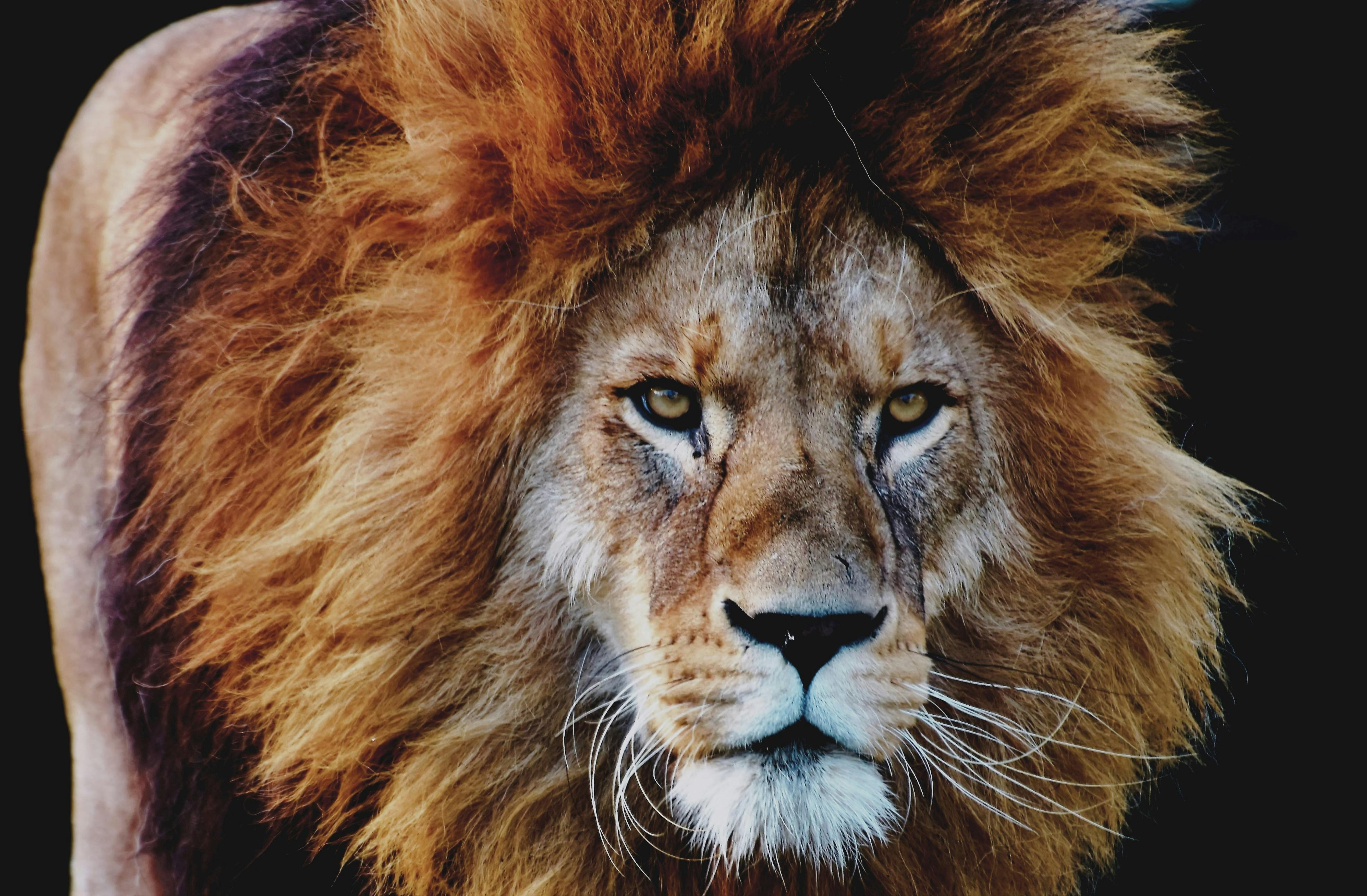
Conclusion
Lion photography offers a unique opportunity to capture the raw beauty and magnificence of these incredible creatures. By understanding their behavior, planning meticulously, and using the right equipment, you can create stunning and captivating images that showcase the true essence of lions. Remember to always prioritize the safety and well-being of both yourself and the animals, and respect their natural habitat. With patience, dedication, and a keen eye for detail, lion photography can be an immensely rewarding and enriching experience.